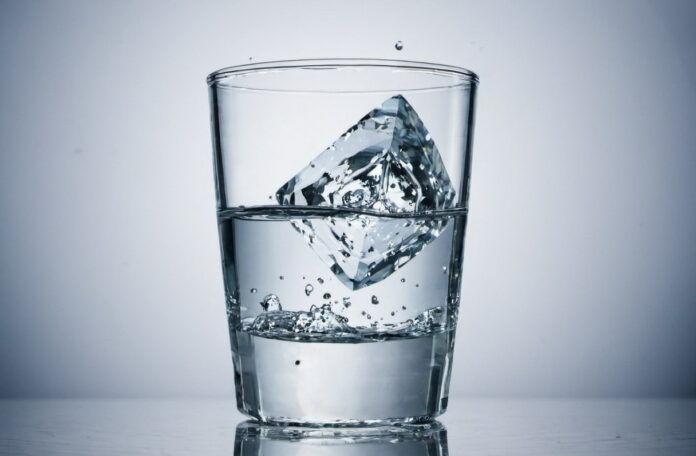The astonishing beauty of diamonds captivates everyone who has seen these mesmerizing gemstones. The sparkle, the clarity of the facets, the magical brilliance touches the heart of anyone. One feels like endlessly gazing upon this creation of nature and human craftsmanship. In French, “Le brillant” translates to “sparkling.”
Diamond is one of the most expensive gemstones used in jewelry. All women dream of having at least one piece of jewelry with this marvelous gemstone in their collection.
Unfortunately, not everyone can afford the cost of this luxury. That’s why jewelry craftsmen use very similar stones in their creations, but not as expensive as diamonds. For example, cubic zirconia, zircon, or moissanite. Of course, there is exquisite costume jewelry that doesn’t feature precious stones, but it still looks very dignified.
So how can you tell if it’s a real diamond or just an imitation in front of you? The best option is to consult a specialist jeweler who can accurately assess the quality of the piece.
Is a diamond visible in clear water?
There is another method of checking that many have heard of. They say a diamond is so transparent that if you drop it in clear water, it will merge with it and disappear. To some extent, this is true. But if you take the trouble to conduct this experiment, you will be disappointed. The stone will not disappear completely because its facets will still be visible. And the imitations will sparkle with multicolored flashes under bright light.
It’s all about the laws of physics—all transparent materials have their refractive indices. And if we can see them, it means the refractive indices of the objects differ from those of the air or the medium they are in. For example, the refractive index of water is 1.3, while for a diamond, it’s almost twice as high—2.4.
The lower the transparency on light, the more likely the object is to “disappear” in water. For cubic zirconia, it’s 2.2, and for ordinary glass, it’s 1.5. In simpler terms, the lower the transparency, the more chance there is for the object to “get lost” in water.
Nevertheless, water can still perform its functions and indicate the authenticity of a diamond. A precious diamond is dense enough and has high hardness. If you carefully drop it into a watery medium, it will immediately sink to the bottom.
If it decides to “float” in the middle or float to the surface, you can be sure it’s not the original but a fake. However, it’s not worth trusting this experiment too much either, as there are such successful imitations that easily sink. So only a specialist can determine the quality of the stone.
